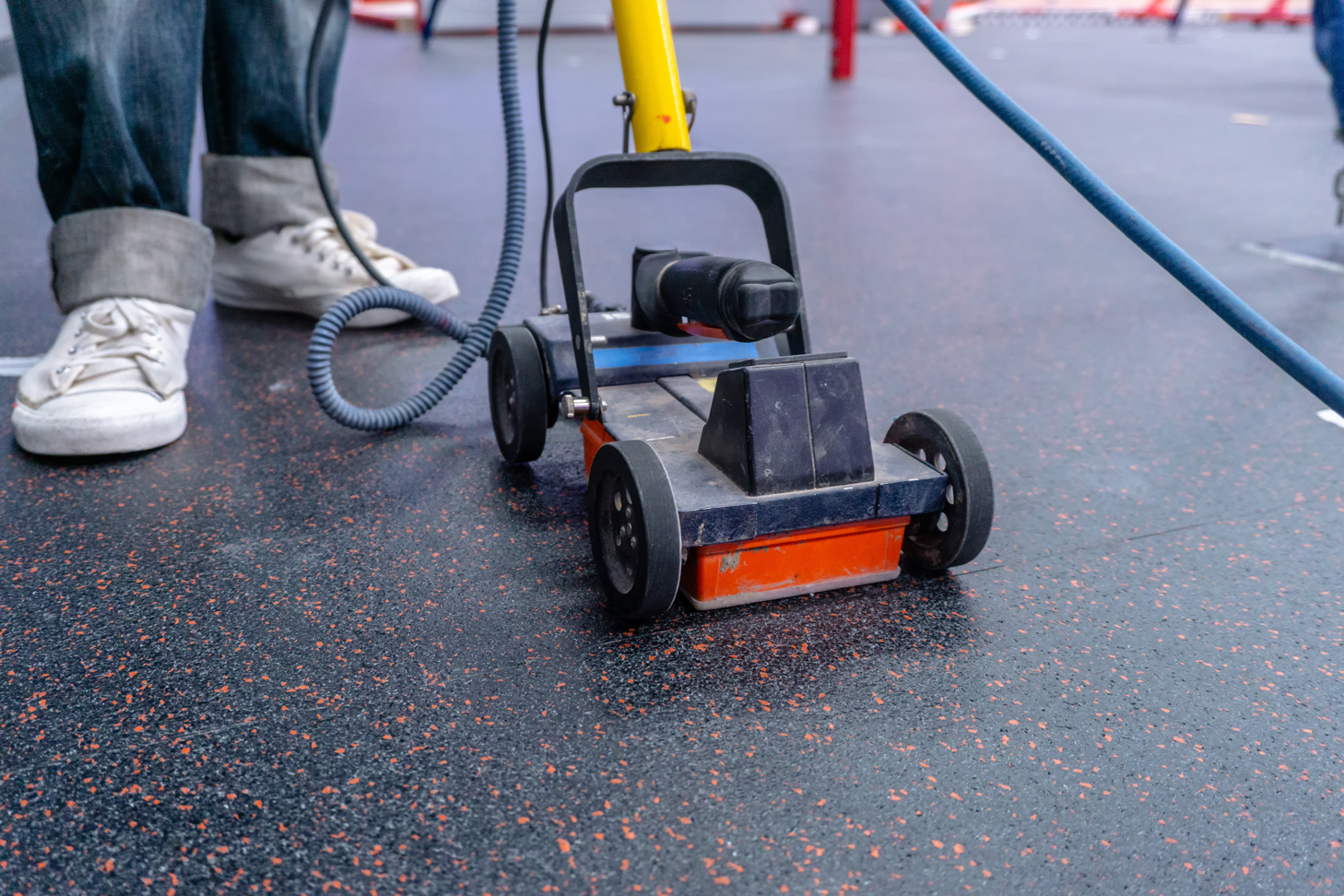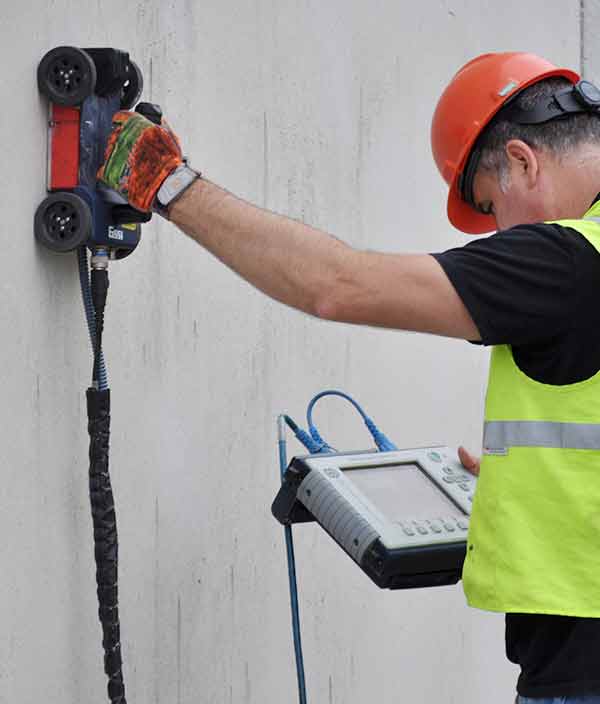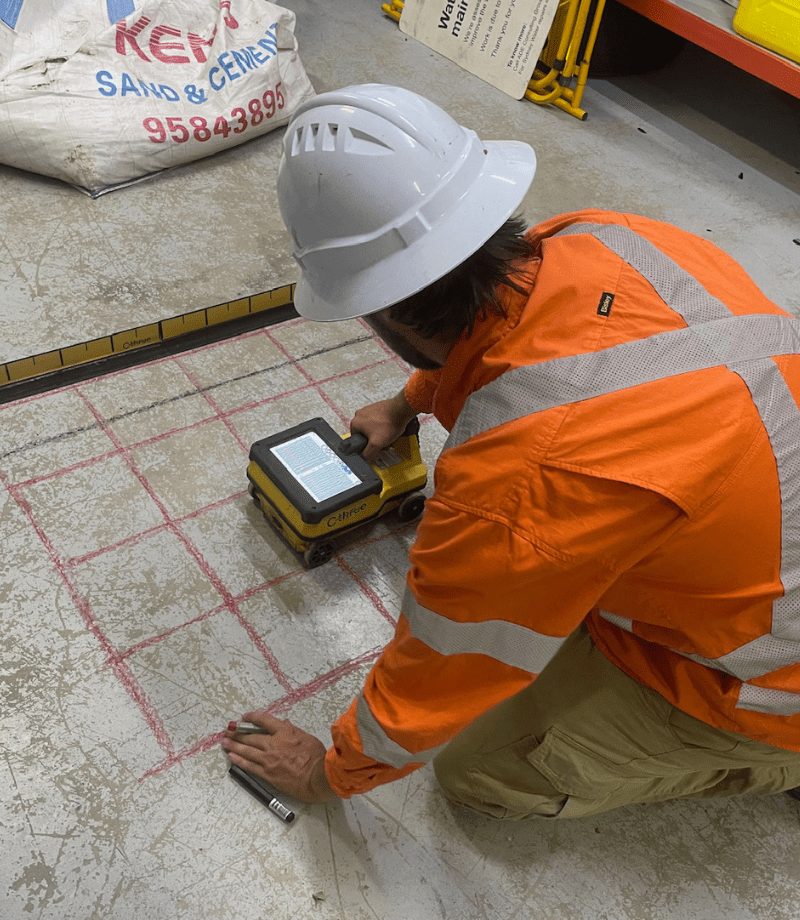Discover RainierGPR Service Areas for Dependable Concrete Scanning Solutions
Discover RainierGPR Service Areas for Dependable Concrete Scanning Solutions
Blog Article
Concrete Scanning: A Crucial Action In The Direction Of Making Certain Architectural Stability and Security
In the realm of construction and infrastructure upkeep, the value of concrete scanning can not be overemphasized. This precise process holds the essential to unveiling possible dangers hidden beneath the surface area of relatively solid frameworks. By utilizing advanced modern technology and techniques, concrete scanning functions as a pivotal device in making sure that the stability and safety of buildings and bridges are supported to the highest criteria. Nevertheless, beyond its surface-level effects, the function of concrete scanning extends much deeper than satisfies the eye.
Significance of Concrete Scanning
Concrete scanning plays a crucial role in making certain the structural stability and security of structures and framework projects. By using innovative technologies such as ground-penetrating radar (GPR) and electro-magnetic induction, specialists can non-destructively inspect concrete structures to find possible defects, spaces, embedded items, and support format. This process enables early detection of abnormalities that can compromise the stability of a structure, stopping pricey problems and ensuring the safety of passengers.
Concrete scanning is particularly crucial throughout the preparation and building stages of a project. Prior to exploration, reducing, or coring right into concrete, scanning assists determine the exact places of rebar, post-tension cords, and various other embedded elements, decreasing the danger of unintentional hits that could lead to structural weak points. In addition, concrete scanning aids in high quality control by verifying the thickness of concrete covers and spotting any discrepancies that may affect the total longevity of the framework. Eventually, investing in concrete scanning solutions is not just a proactive action to minimize dangers but additionally an essential step in the direction of preserving the long-term safety and security and stability of structures and facilities.
Innovation for Concrete Inspection

Benefits of Early Discovery
Prompt discovery of structural concerns can dramatically reduce dangers and make sure the long life of construction projects. By determining prospective issues early on in the construction process, stakeholders can take proactive steps to attend to concerns prior to they rise right into bigger and extra costly problems. Among the key benefits of very early discovery is the avoidance of architectural failings, which can present severe safety and security threats and bring about task hold-ups and monetary losses.
Additionally, early discovery enables for timely repairs and maintenance, which can aid expand the life-span of the structure. By dealing with issues promptly, building and construction groups can prevent expensive repair work or even the need for early substitute of structural components. This aggressive technique not only saves money and time yet likewise enhances the total security and sturdiness of the building task.
Furthermore, early discovery can enhance job planning and decision-making by offering stakeholders with beneficial insights right into the problem of the framework. Armed with this details, job managers can make informed selections regarding construction approaches, materials, and timelines, bring about much more effective and reliable project results.
Guaranteeing Architectural Stability
Making sure the structural security of a construction job is paramount to its safety and security and long life. Structural stability refers to the capacity of a structure or infrastructure to preserve its kind and feature under ecological conditions and various tons. To accomplish this, comprehensive evaluation and tracking of the framework are essential. Concrete scanning plays a vital duty in ensuring structural stability by discovering prospective concerns such as gaps, delamination, or reinforcement rust that can endanger the honesty of the framework over time.
By utilizing innovative scanning modern technologies like ground-penetrating radar (GPR) and electro-magnetic induction, construction professionals can non-invasively evaluate concrete frameworks to identify locations of worry underneath the surface. This aggressive technique enables the very early detection of defects or weak points, making it Learn More Here possible for timely repairs or support to avoid structural failings.
Regular concrete scanning throughout different building and construction phases and throughout the life cycle of a framework can assist maintain its security, mitigate dangers, and ensure the safety and security of residents. By focusing on structural security through concrete scanning, building and construction jobs can boost their strength and toughness, eventually contributing to greater security and durability.

Preventing Important Failings
To protect versus catastrophic events, thorough monitoring and positive upkeep are vital in averting vital failings within architectural frameworks. Finding potential issues before they intensify is key to stop structural failings. Implementing routine assessments, such as concrete scanning, can reveal covert defects like spaces, splits, or deterioration that can compromise the integrity of a structure. By using innovative scanning innovations like Ground Passing through Radar (GPR) or Concrete X-ray, designers can non-destructively analyze the problem of concrete and recognize weak points that require support or fixing - RainierGPR Service Areas.

Final Thought
Finally, concrete scanning plays an essential role in Visit Your URL making certain architectural integrity and safety by using innovative technology for early detection of potential problems. This aggressive strategy helps avoid crucial failings and makes certain the stability of structures. It is necessary to prioritize concrete examination as a basic method to safeguard the durability and safety of buildings and infrastructure.
Concrete scanning plays a vital function in making sure the structural stability and safety of buildings and infrastructure projects. Furthermore, concrete scanning help in high quality control by confirming the thickness of concrete covers and discovering any inconsistencies that may influence the total sturdiness of the framework. Concrete scanning plays a vital function in guaranteeing structural stability by spotting prospective concerns such as gaps, delamination, or support corrosion that can jeopardize the integrity of the framework over time.

In verdict, concrete scanning plays an essential function in guaranteeing architectural stability this content and security by utilizing innovative innovation for very early detection of potential concerns.
Report this page